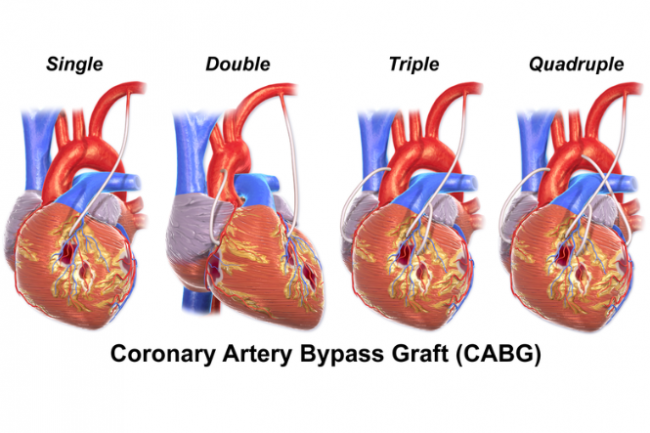In hospital
Due to the anaesthetic, you may feel a little disorientated and will be quite sleepy when you wake up from the surgery. You will be closely monitored in a specialist ward in the Intensive Care Unit (ICU) after your surgery. Once you are feeling better, you will be moved to another ward where a healthcare team will continue to monitor you. They will give you pain relief as required. A physiotherapist will help you with exercises to help you recover.
You will need to stay in hospital for about 5–7 days after having a coronary artery bypass graft surgery.
Recovery takes time and everyone recovers at slightly different speeds. Generally, you should be able to sit in a chair after 1 day, walk after 3 days, and walk up and down stairs after 5 or 6 days.
Your nurse will advise you about how to care for your healing wounds before you go home. Your healthcare team will let you know when you need a follow-up appointment.
At home
When you leave hospital someone will have to drive you home and be there to look after you for 7–10 days. You must not go home alone.
Most people make a full recovery within 12 weeks. Plan for a recovery of 2–3 months. You may feel well enough to return to work 6 weeks after the operation. In this recovery time remember to look after your mental health as this sort of operation can affect you emotionally as well as physically.
If you usually drive, you won't be able to for at least 4 weeks after your surgery. Your healthcare team will let you know when you can start driving again.
Long-term
As well as keeping in touch with your GP, your healthcare team may suggest cardiac rehabilitation for you. Cardiac rehabilitation programmes offer you and your whānau information on a variety of ways to keep your heart healthy, and support you in your recovery (getting your strength back) after your surgery. Programmes are available in most centres – search for a cardiac rehabilitation programme(external link) and read more about cardiac rehabilitation.
Note that the surgery doesn't cure heart disease, so if you don't make any lifestyle changes, other arteries and your new grafts can become clogged. This will put you at high risk of a heart attack and other heart problems and may mean you need more surgery over time. So you still need to do everything you can to improve your heart health. This includes:
- avoiding or drinking less alcohol
- eating healthier foods
- not smoking or using tobacco products
- controlling stress
- staying active.







